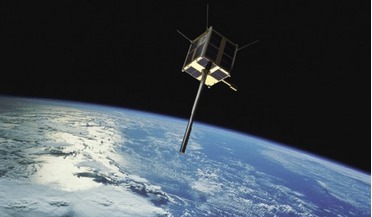 April 2021
Norway’s pioneering use of microsatellites
April 2021
Norway’s pioneering use of microsatellites
Over the past decade Norway has pioneered operational maritime surveillance from space using low budget microsatellite technology and national payload development for both technology improvement and surveillance of the maritime domain. The ...
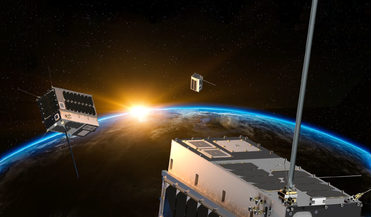 10 January 2019
Successful launch of formation-flying microsatellite constellation
10 January 2019
Successful launch of formation-flying microsatellite constellation
... at the University of Toronto Institute for Aerospace Studies (UTIAS), SFL has built more than 20 nano- and microsatellites with over 90 cumulative years of successful operation in orbit. SFL’s attitude control technologies have also been applied...
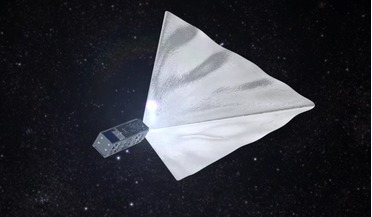 19 July 2017
Mayak satellite set to shine the brightest
19 July 2017
Mayak satellite set to shine the brightest
... be Mayak – a crowdfunding-financed satellite developed and recently launched from Russia. Mayak is a 3U Cubesat-standard microsatellite that measures only 10×10×30 centimetres in size, not so bright then you might be thinking? However, tucked away...
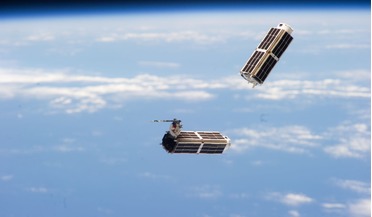 11 August 2017
Satellite launch demand to grow tenfold in next 20 years
11 August 2017
Satellite launch demand to grow tenfold in next 20 years
...2036 identifies mega-constellations such as OneWeb, SpaceX and Planet Labs as the largest growth driver. While microsatellites (11-200kg) are becoming the standard mass classification for mega-constellations, the report identifies that nanosatellites...
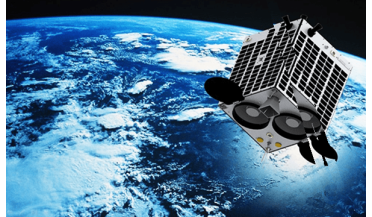 22 April 2025
Axelspace on track to expand its EO microsatellite network
22 April 2025
Axelspace on track to expand its EO microsatellite network
... and landscape. Yuya Nakamura, President and CEO of Axelspace Corporation, said: "With the launch of seven GRUS-3 microsatellites, we will be able to observe a wider area more frequently than ever before. We will provide enhanced services to our...
 25 October 2016
Microsatellite launched by Shenzhou-11 mission
25 October 2016
Microsatellite launched by Shenzhou-11 mission
... satellite will orbit close to Tiangong-2, take high-resolution photos and carry out space experiments. The microsatellite weighs about 47 kilograms and has greater capabilities than the previous satellite launched by the Shenzhou-7 mission...